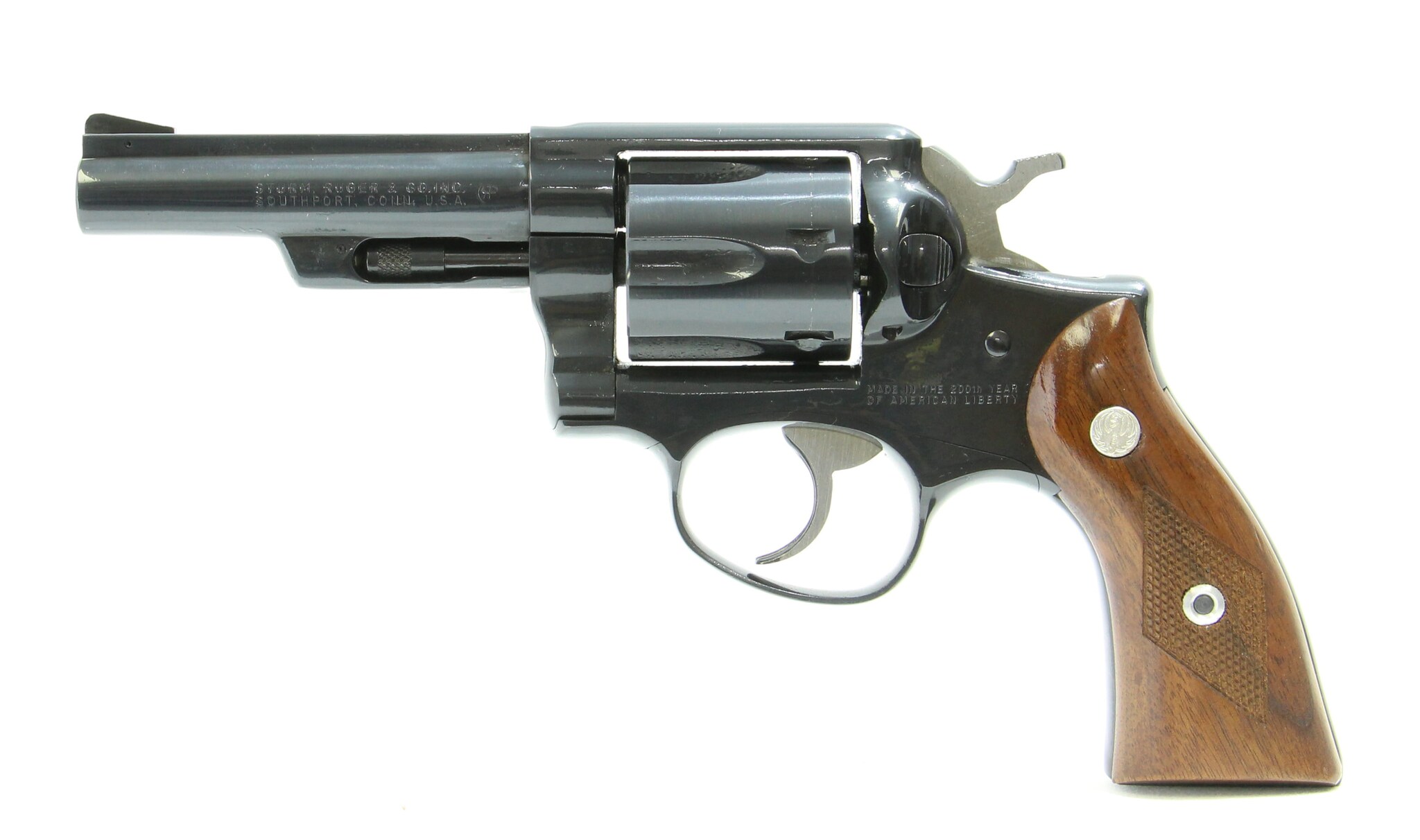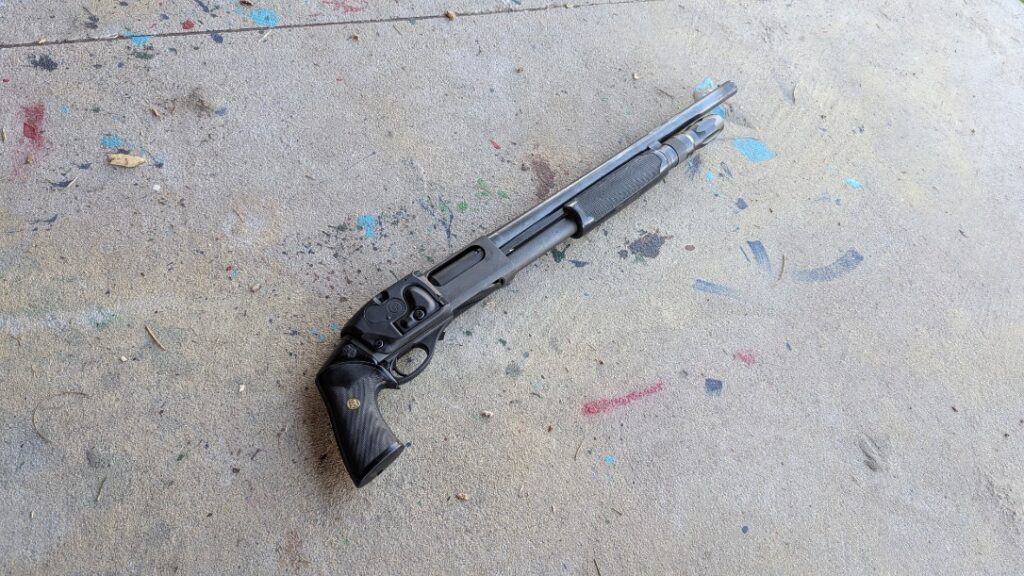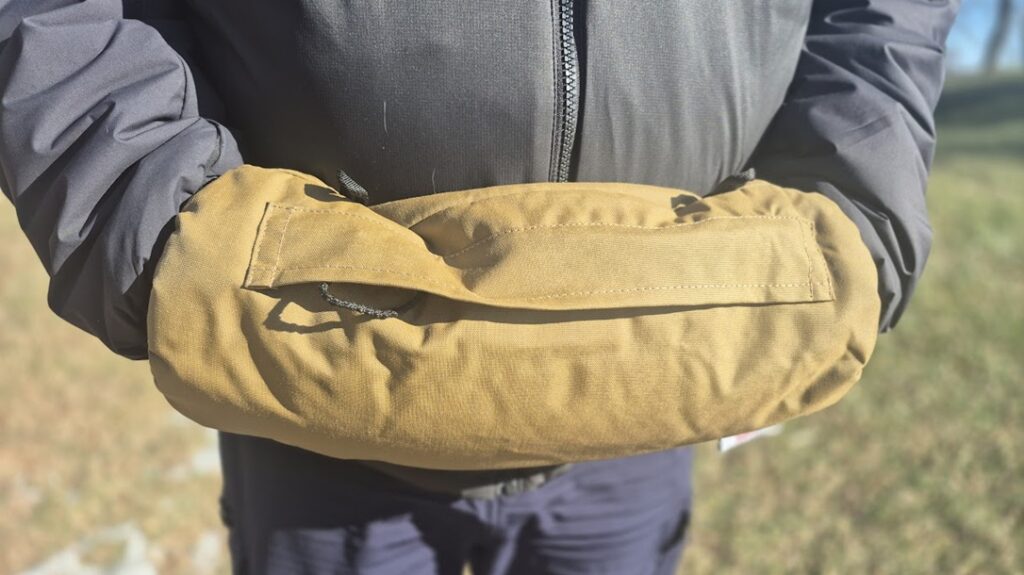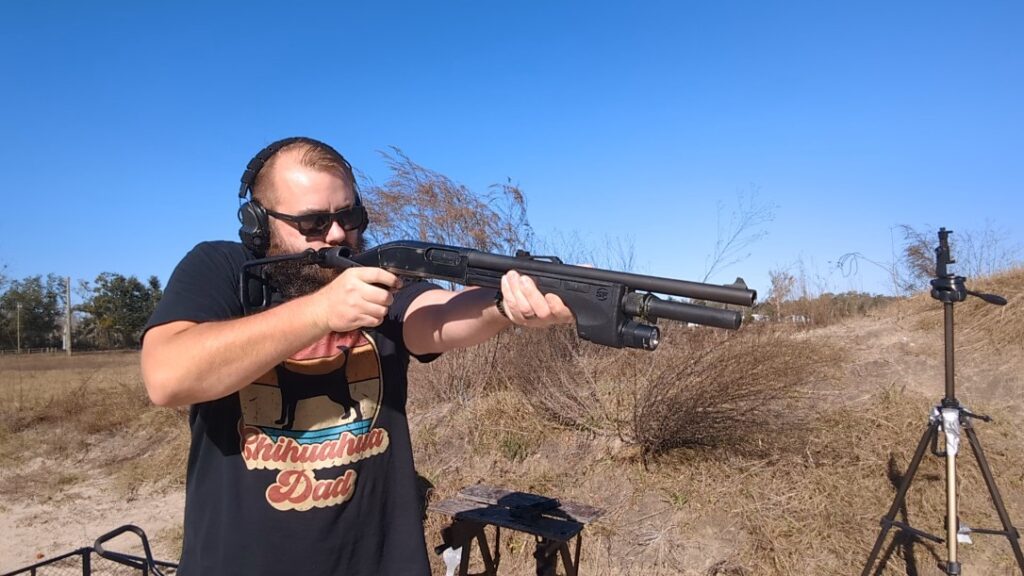The Ruger Six Series was Ruger’s first attempt to get into the double-action revolver market. The Sixes, as they are known for short, are built around a similar frame, with some slight variations. We have the Security Six, the Service Six, and the Speed Six. The Service Six, in particular, became known as the Police Service Six with fixed sights and a .38 Special only chambering. This same gun would go on to serve its country as the M108 with the United States military.
The M108 – Ruger’s Service Sidearm
Service Six was named adequately, seeing how it entered military service. This was new information to me. I, like most, knew that S&W and Colt had a variety of revolvers in service with the United State’s military. I even knew these guns went beyond the adoption of the M1911 and into World War 1, World War 2, Vietnam, etc. Yet, who had never heard of a Ruger in military service?
It was 1977, and the United States was fresh out of the Vietnam War. At this time, the military was still issuing revolvers for a variety of niche purposes. Heck, the Air Force only recently got rid of the M15 S&Ws.
Advertisement — Continue Reading Below
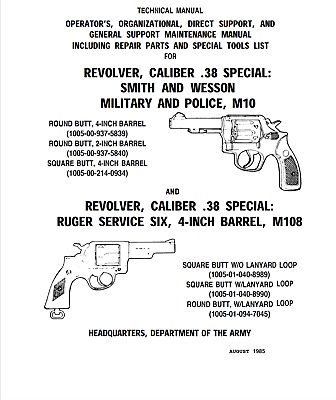
The military put out a bid for double-action revolvers in .38 Special to replace the aging stocks of S&W Victory models coming out of Vietnam. Ruger entered the fairly new Service-Six, and the contract was theirs. The gun became the M108 and was issued to all four branches of the military.
The Ruger Sixes were well known for being affordable revolver options. They were stout one-piece frames, and there is a reason why Ruger revolvers have their tank-like reputation. It is likely Ruger was the lowest bidder and provided the best revolver.
Advertisement — Continue Reading Below
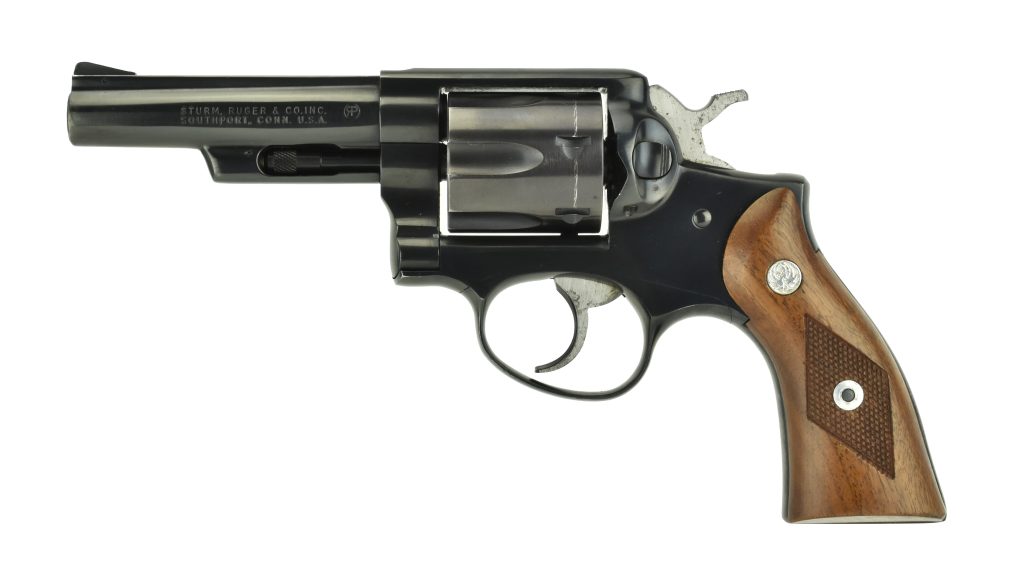
The Service Six, aka the M108, was a six-shot .38 Special with a double action trigger. The majority of the guns had 4-inch barrels, but a small number had 2.5-inch barrels. The majority of these guns had lanyard loops, but some did not. They came in both round and square butts.
The Purpose of the M108
By the end of Vietnam, you’d think we’d have enough M1911s. Heck, we didn’t have enough for World War 1 and World War 2, but by Vietnam, six decades had passed. We oughta have had enough. To be fair, it doesn’t seem like the M108 was made to supplement the M1911 because we didn’t have enough of them.
Advertisement — Continue Reading Below
In 1977, revolvers were still issued to MPs and Airforce Security forces. Interestingly enough, the Air Force only got rid of the M15 revolvers a couple of years ago. The 2.5-inch variants of the M108 were issued to CID investigators. The standard models went to security forces as well as aviators.
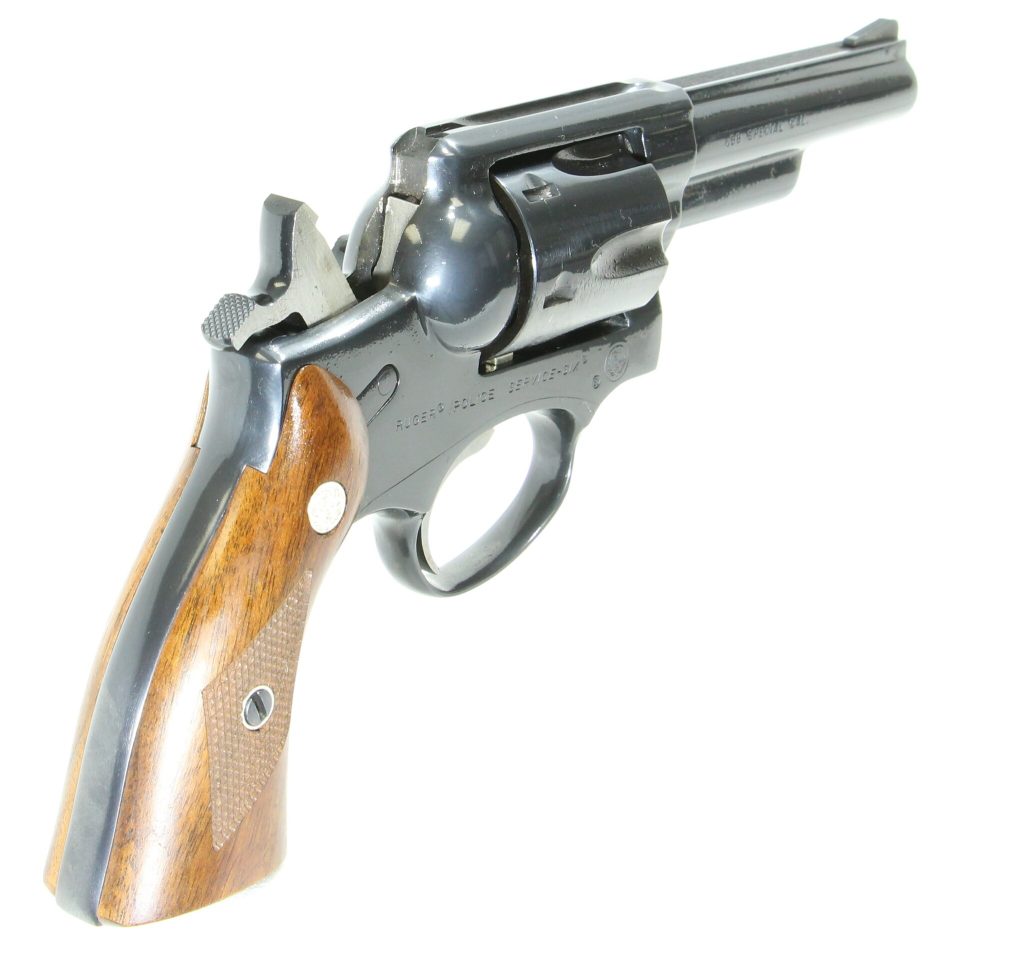
I’ve read several first-hand accounts of pilots and aircrews being issued M108s. In this era, and even into the mid-80s, a lot of pilots were still carrying revolvers. Why? That’s what I asked. I couldn’t find a solid reason why all four branches tended to issue revolvers instead of semi-autos. The same goes for MPs other than that’s what cops used back then.
Advertisement — Continue Reading Below
The best answer I found was that revolvers were very simple guns. Pilots didn’t get a lot of time to train on small arms, and the revolver offered something very simple and easy to use. Additionally, I read that the .38 Special could fire flare rounds. This is true, and it’s easy to find mentions, records, and indications of these flare rounds existing in .38 Special. They likely acted more as tracers than traditional flares.
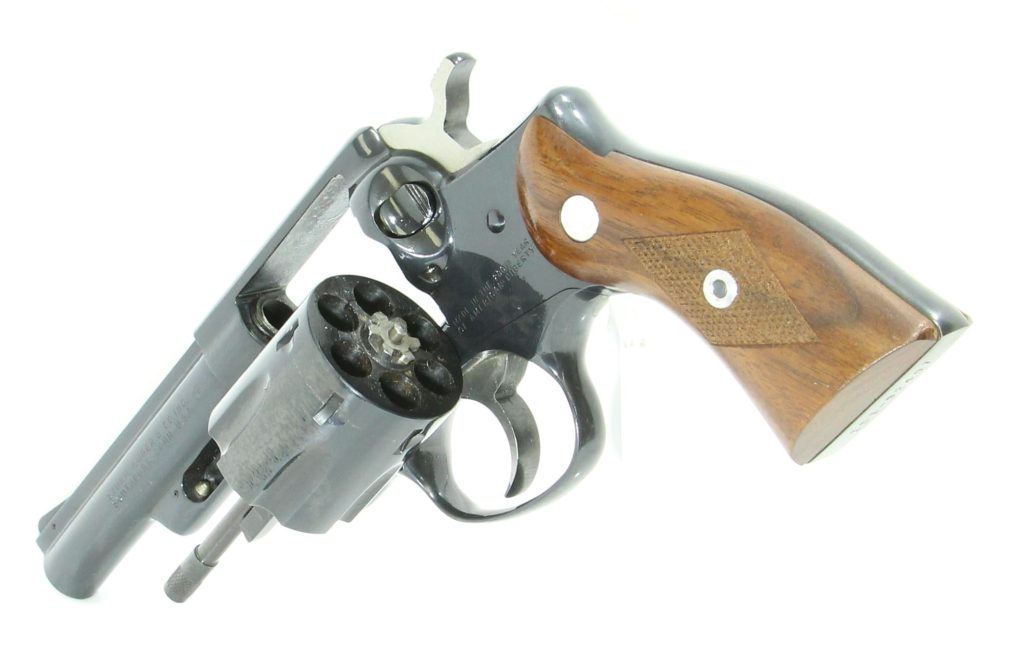
The End of the M108
From what I’ve read, these guns were replaced by Berettas…eventually. They lasted after 1985 but were replaced as Berettas rolled into armories. I imagine aircrews were some of the last to receive the newest guns. Some have leaked and been sold as surplus and contract overruns, but they tend to be fairly rare. It’s an interesting part of American small arms history, and the M108 is the only Ruger revolver I know of to serve in the United States military.
Advertisement — Continue Reading Below
